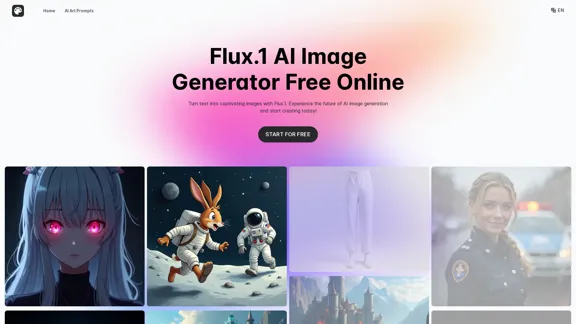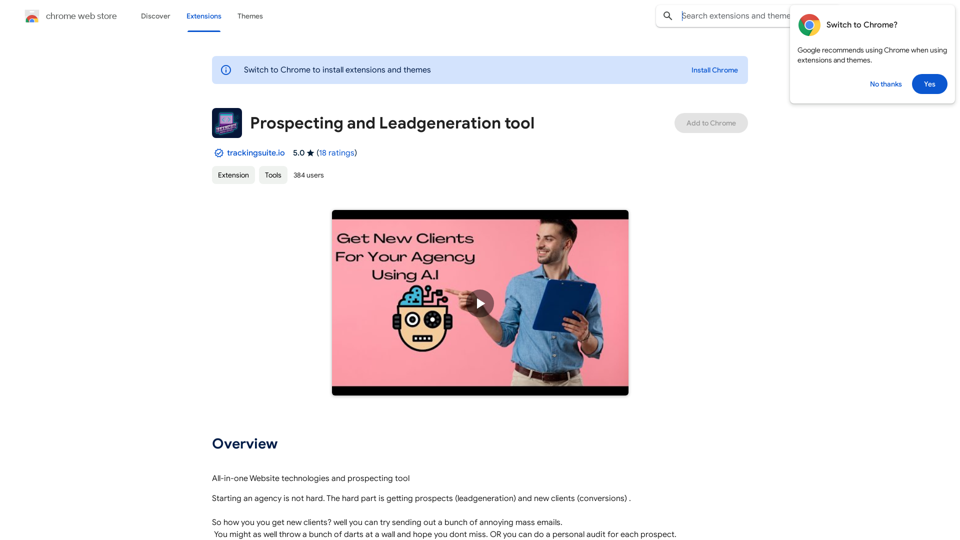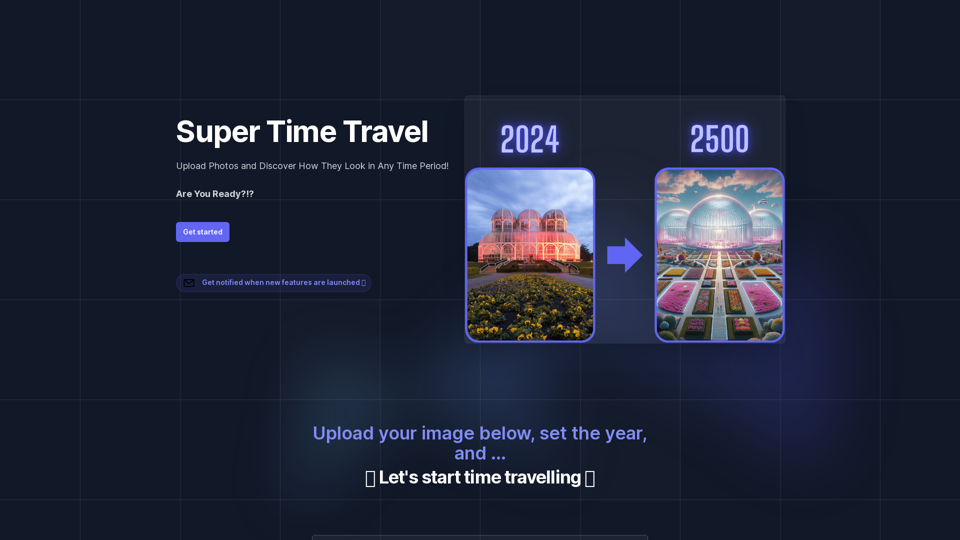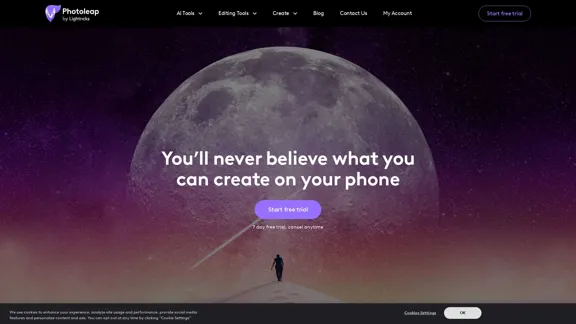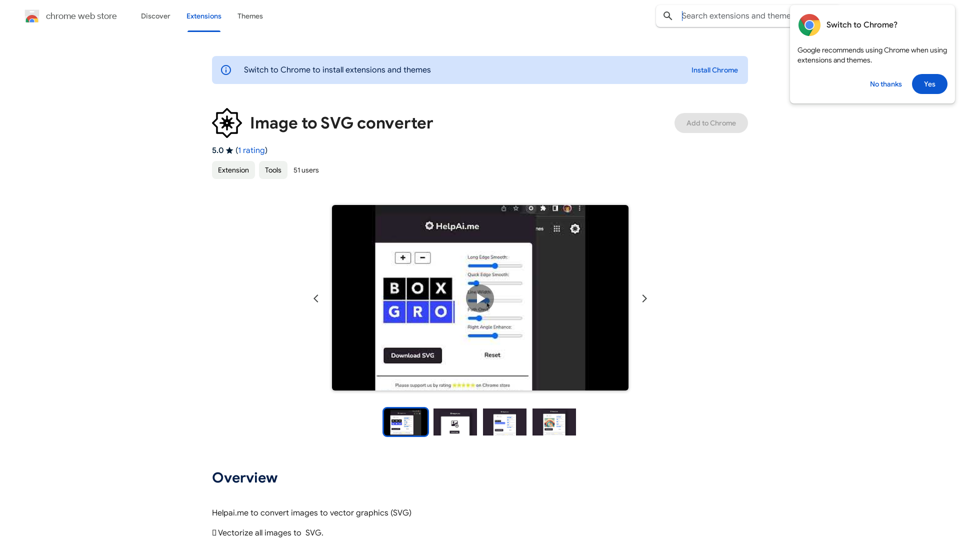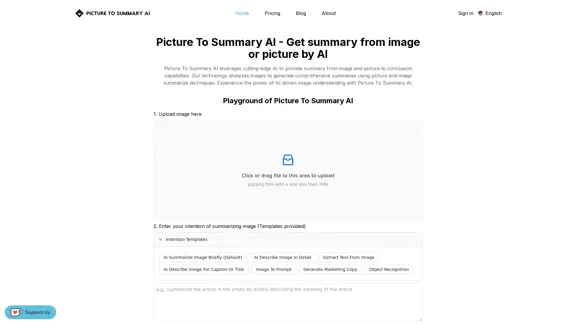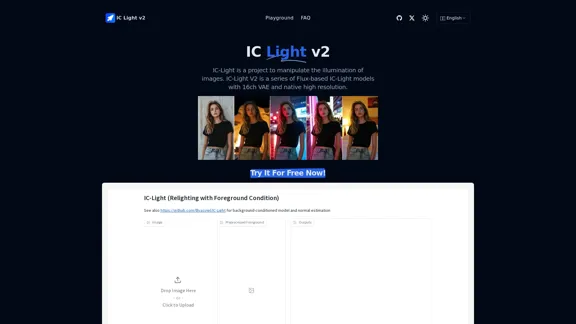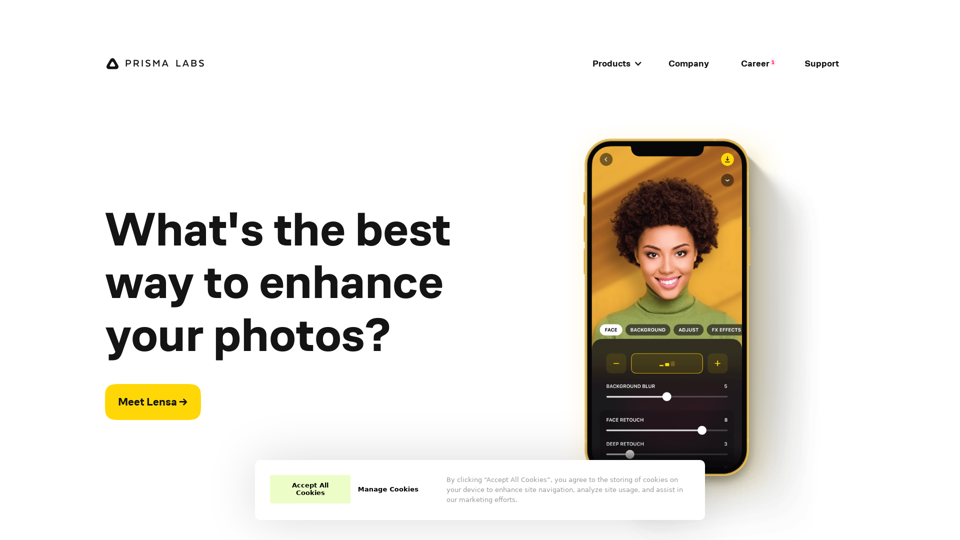Odyssey 是一款強大的原生 Mac 應用程式,旨在透過 AI 驅動的工具賦予創作者力量。它提供全面的功能套件,用於圖像生成、處理和自動化,以及語言模型和數學方程求解功能。Odyssey 適用於廣泛的用戶群,從學生和教育工作者到藝術家、行銷人員、攝影師、AI 愛好者和開發人員。
Odyssey: . .
Odyssey是一款原生Mac應用程式,旨在創造非凡藝術、完成工作並利用AI的力量自動化重複任務。
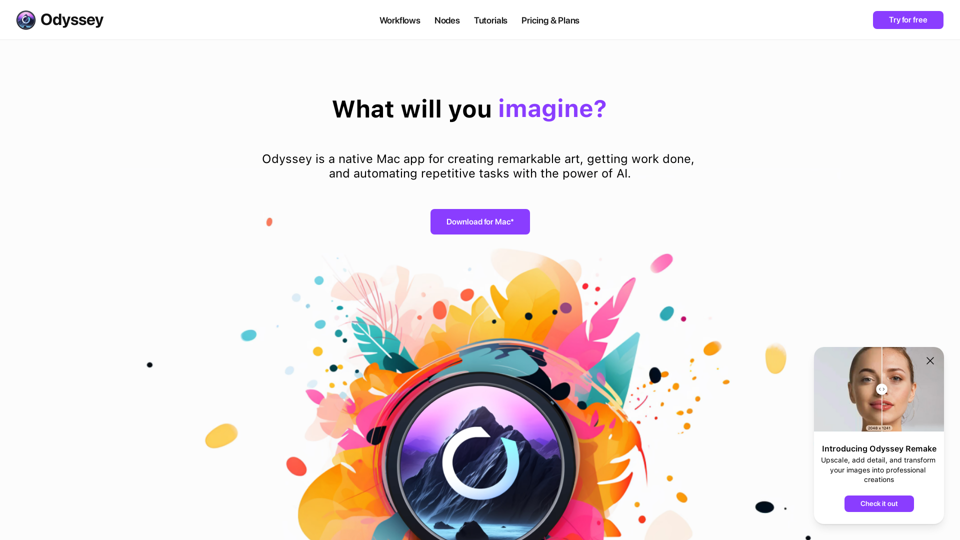
介紹
功能
AI 驅動的圖像生成和處理
- 本地運行 Stable Diffusion 模型(1.5、SDXL、SDXL Turbo)
- 連接到 Stable Diffusion 3 API
- 將圖像放大至 8K 解析度
- 應用創意放大和圖像轉換
- 支持自定義 Stable Diffusion 模型,包括 ControlNet
進階圖像編輯工具
- 多種背景移除模型
- 內部繪製、外部繪製和物體擦除
- 數十種圖像處理節點(長寬比、調整大小、模糊等)
- 幻燈片的自定義圖像過渡效果
語言模型和數學功能
- 本地運行基於 Llama2 的模型
- 使用您的 API 密鑰整合 ChatGPT
- 使用 Solver 節點解決文字問題和數學方程
自動化和工作流程整合
- 創建批次工作流程
- 使用 Odyssey Widgets 從桌面運行工作流程
- 與 Apple Shortcuts 整合
隱私和自定義
- 完全私密和安全
- Odyssey 團隊不存儲或訪問數據
- 可自定義功能和模型
常見問題
誰可以從使用 Odyssey 中受益?
Odyssey 適用於多樣化的用戶群,包括:
- 學生:論文寫作、摘要、討論回應
- 教育工作者:課程計劃、寫作提示生成
- 藝術家:自定義圖像生成、ControlNet 整合、圖像處理
- 行銷人員:聊天機器人創建、社交媒體內容生成
- 攝影師:產品圖像變體、場景操作
- AI 愛好者:ComfyUI 和 Automatic1111 的替代選擇
- 開發人員:提示測試和圖像設置優化
Odyssey 的定價選項有哪些?
Odyssey 提供兩種定價選項:
- 月度訂閱:每月 $11.99(所有功能,無限設備)
- 一次性購買:$119(所有功能,1 年更新)
Odyssey 與其他 AI 工具相比如何?
Odyssey 的突出之處在於:
- 原生 Mac 應用程式,實現無縫整合
- 一個套件中提供全面的 AI 驅動工具
- 本地處理能力,增強隱私保護
- 適用於各種技能水平的用戶友好界面
- 靈活使用本地模型和 API 連接
最新流量資訊
月訪問量
12.13 K
跳出率
46.03%
每次訪問瀏覽頁數
1.66
訪問時長(s)
14.30
全球排名
1952412
國家排名
Russia 255566
最近訪問量
流量來源
- 社交媒體:10.50%
- 付費推薦:0.88%
- 郵件:0.08%
- 推薦:6.62%
- 搜索引擎:43.55%
- 直接訪問:38.36%
